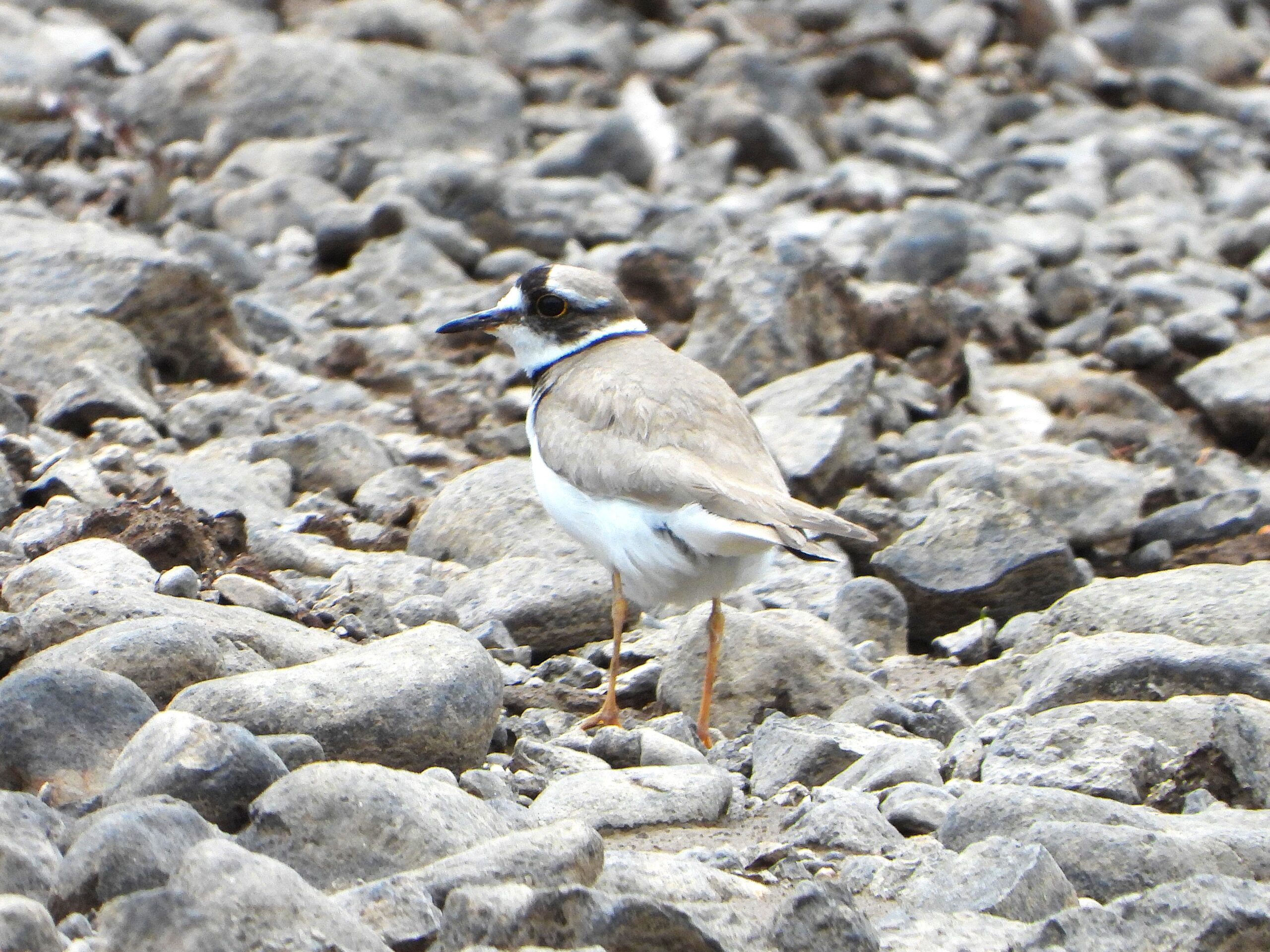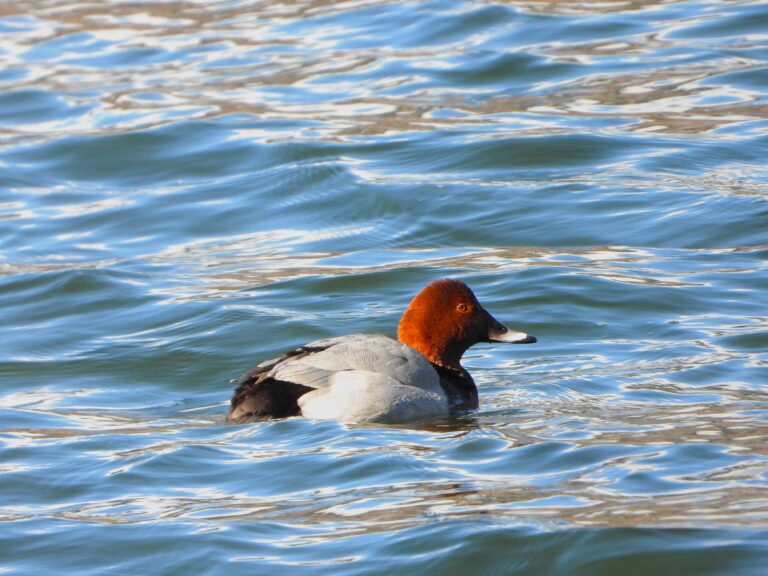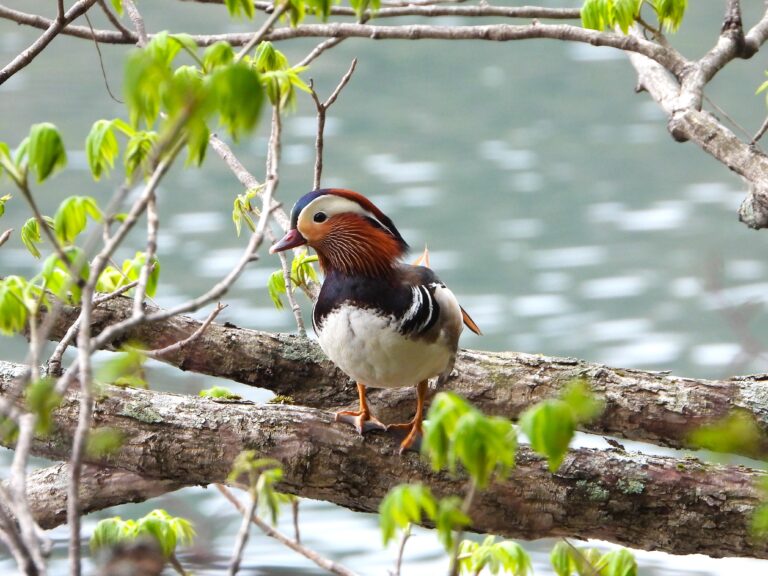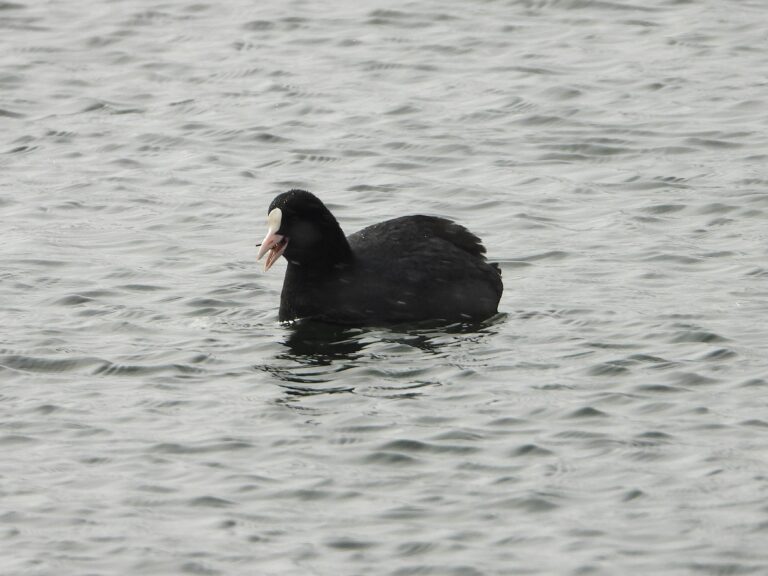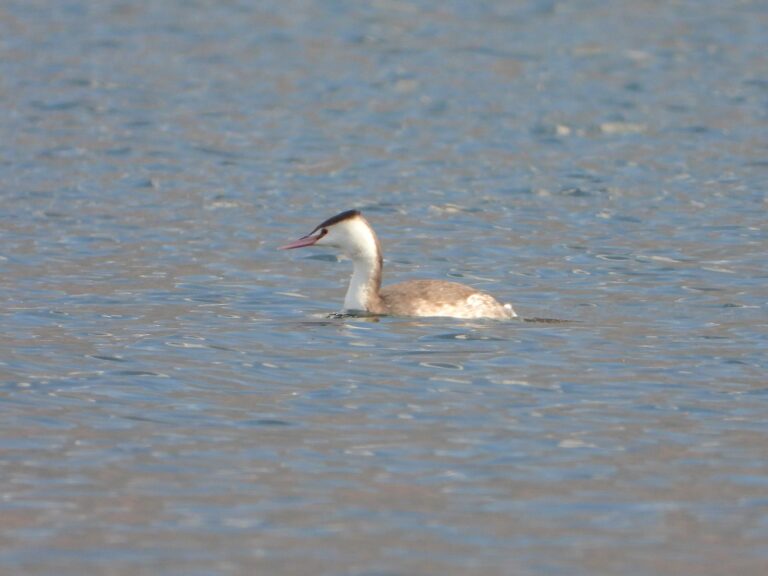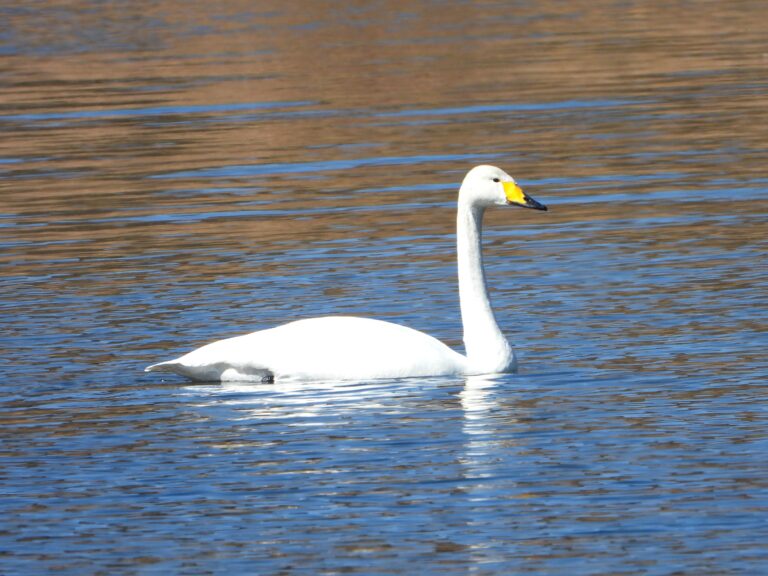Long-billed Plover (Charadrius placidus) – Wildlife of Japan
Introduction
The Long-billed Plover (Charadrius placidus) is a medium-sized wader found along clean, gravelly rivers and streams throughout East Asia. In Japan it breeds mainly from Honshu to Kyushu on clear-flowing mountain rivers with open riverbeds. It differs from the similar Little Ringed Plover by its longer bill and lack of a yellow eye-ring.
Appearance
This plover is about 19–21 cm in length. It has grayish-brown upperparts, white underparts, and a single black breast band. The bill is long and dark; the face shows a blackish mask and a pale gray eye-ring. Legs are pale pinkish gray. Its plumage blends beautifully with river stones, making the bird hard to spot when motionless.
Habitat & Distribution
In Japan the Long-billed Plover breeds along upper and middle reaches of gravel-bottomed rivers with clear water, preferring areas with little vegetation and minimal human disturbance. During winter some birds move to lower rivers or coastal flats, while others migrate to southern East Asia. Outside Japan it occurs from eastern Russia and northern China through Korea to northern Indochina.
Behavior
The species is cautious and often remains motionless among stones when approached. It feeds by slowly walking and pausing to peck at small prey along the water’s edge. Males perform short display flights with a clear piu call during the breeding season. When intruders approach the nest, adults utter alarm calls and may perform distraction displays typical of the genus Charadrius.
Diet
The Long-billed Plover feeds mainly on small invertebrates such as aquatic insects, larvae, and worms. It forages visually on gravel bars and shallow river edges, sometimes catching larvae of mayflies and caddisflies in clear streams.
Reproduction
Breeding takes place from April to July. The nest is a shallow depression among pebbles near the water. Three to four well-camouflaged eggs are laid, and both parents share incubation and chick care. Chicks are precocial and leave the nest soon after hatching.
Conservation
Globally the Long-billed Plover is classified as Least Concern (IUCN 2024), but in Japan it is locally uncommon. Its gravel-river breeding habitats have declined due to dams, bank reinforcement, and vegetation overgrowth. Japanese studies show that maintaining open gravel bars and natural flow is vital for population stability. Several prefectures list it as Near Threatened on their local Red Lists.
Author’s Impression
One day I spotted a Long-billed Plover along the shore of a quiet lake. At first, it blended so perfectly with the stones that I didn’t notice it until it moved. It was walking briskly along the water’s edge, pausing to peck at the sand. Its delicate movements and calm demeanor made it an especially charming bird to watch.

